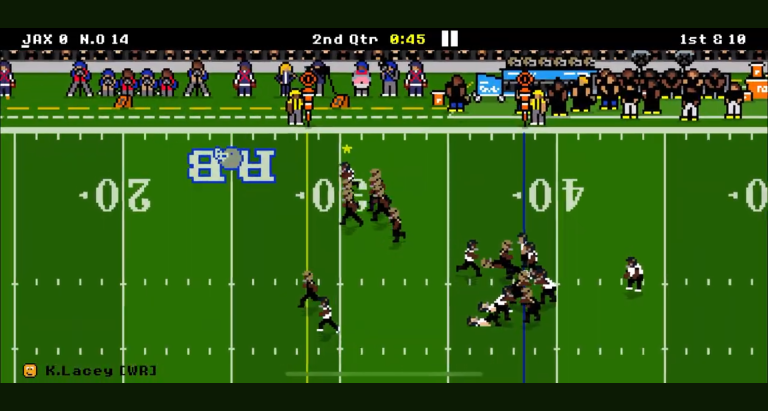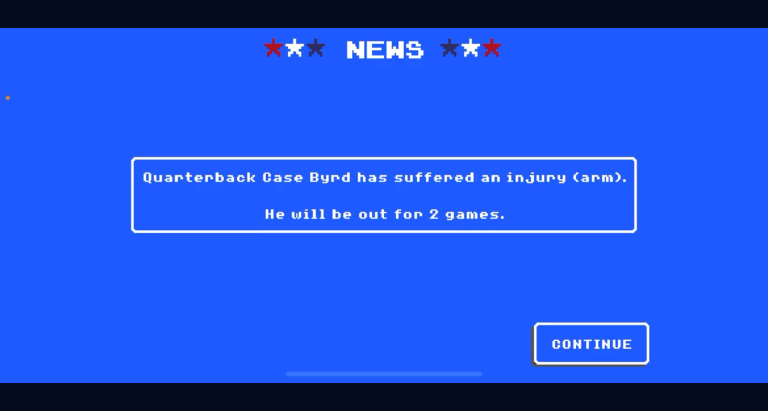In the world of Retro Bowl, where managing a successful football team hinges on strategic decisions and resource allocation, understanding the intricacies of the game’s features can make all the difference. One key component that players must leverage is the training facility. This article delves into what does a training facility do in Retro Bowl and how it enhances team performance, player development, and overall gameplay strategy.
Understanding Retro Bowl
Overview of Game Mechanics
Retro Bowl is a football simulation game that combines nostalgia with modern gameplay mechanics. Players take on the role of a team manager, responsible for building a competitive squad, developing players, and leading the team to victory. The primary objective is to achieve the best record and secure a championship title. As players manage various aspects, from game strategies to player contracts, the need for effective team management becomes evident.
Importance of Facilities
Facilities play a crucial role in Retro Bowl. They are not just a backdrop; they significantly influence the development process of each player. The training facility is particularly vital, serving as the engine for player enhancement, team development, and overall success. Well-developed facilities can lead to improved player statistics, resulting in better performance on the field.
The Role of the Training Facility
Functionality of the Training Facility
The training facility in Retro Bowl is where players can hone their skills and improve their attributes. It’s equipped with various features that allow for targeted training regimens, helping players reach their maximum potential. A well-managed facility can transform average players into exceptional athletes, ready to take on any challenge.
Player Development
The primary function of the training facility is to facilitate player development. The improvements players can achieve include:
– Speed Enhancement: Training drills designed to enhance a player’s speed can contribute to better on-field performance.
– Passing Accuracy: Quarterbacks can improve their passing skills through focused training sessions.
– Defensive Skills: Defensive players can sharpen their tackling abilities and game awareness.
For example, a player focusing on improving their speed can go from being an average player to a game-changing asset, impacting plays and winning over fans.
Team Strategy
Training facilities are instrumental in shaping a team’s strategy. A balanced approach to team development is essential. Teams must invest in improving various skills rather than maxing out particular attributes. For instance, while having a fast quarterback is important, neglecting the offensive line could lead to missed opportunities and losses.
Upgrading the Training Facility
Cost of Upgrades
As teams progress, upgrading the training facility becomes a priority. Each upgrade requires currency and resources, impacting the overall budget of the team. Here’s a quick breakdown:
| Upgrade Level | Currency Required | Resources Needed |
|---|---|---|
| Level 1 | 500 | 5 |
| Level 2 | 1,000 | 10 |
| Level 3 | 2,000 | 20 |
Upgrade Benefits
Upgrading the training facility offers several benefits that can drastically improve gameplay:
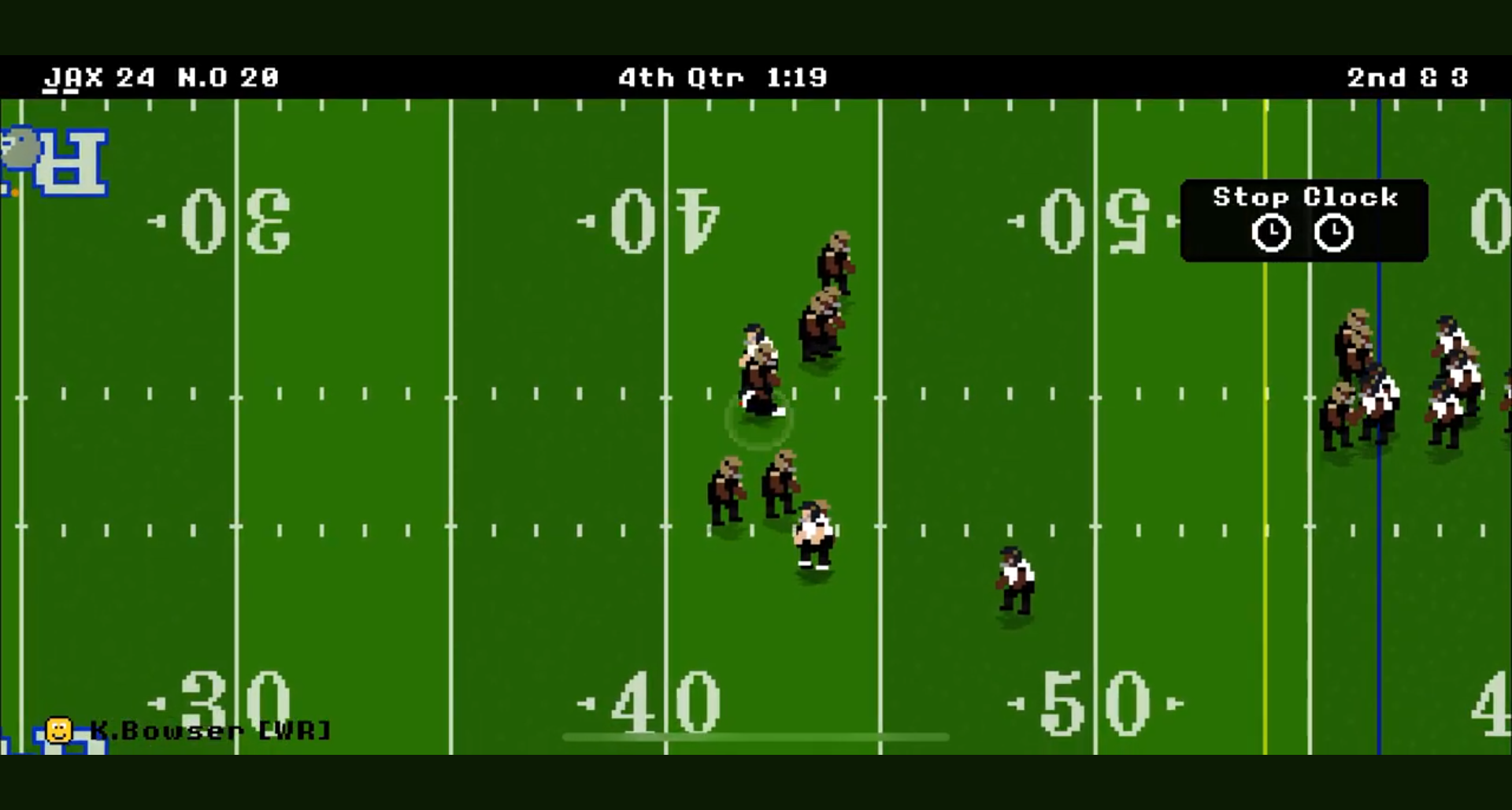
– Improved Training Efficiency: Higher level facilities allow for more effective training sessions.
– Faster Skill Acquisition: Players can enhance their skills at a quicker rate, ensuring that your team is always ready to perform.
Strategic Decisions
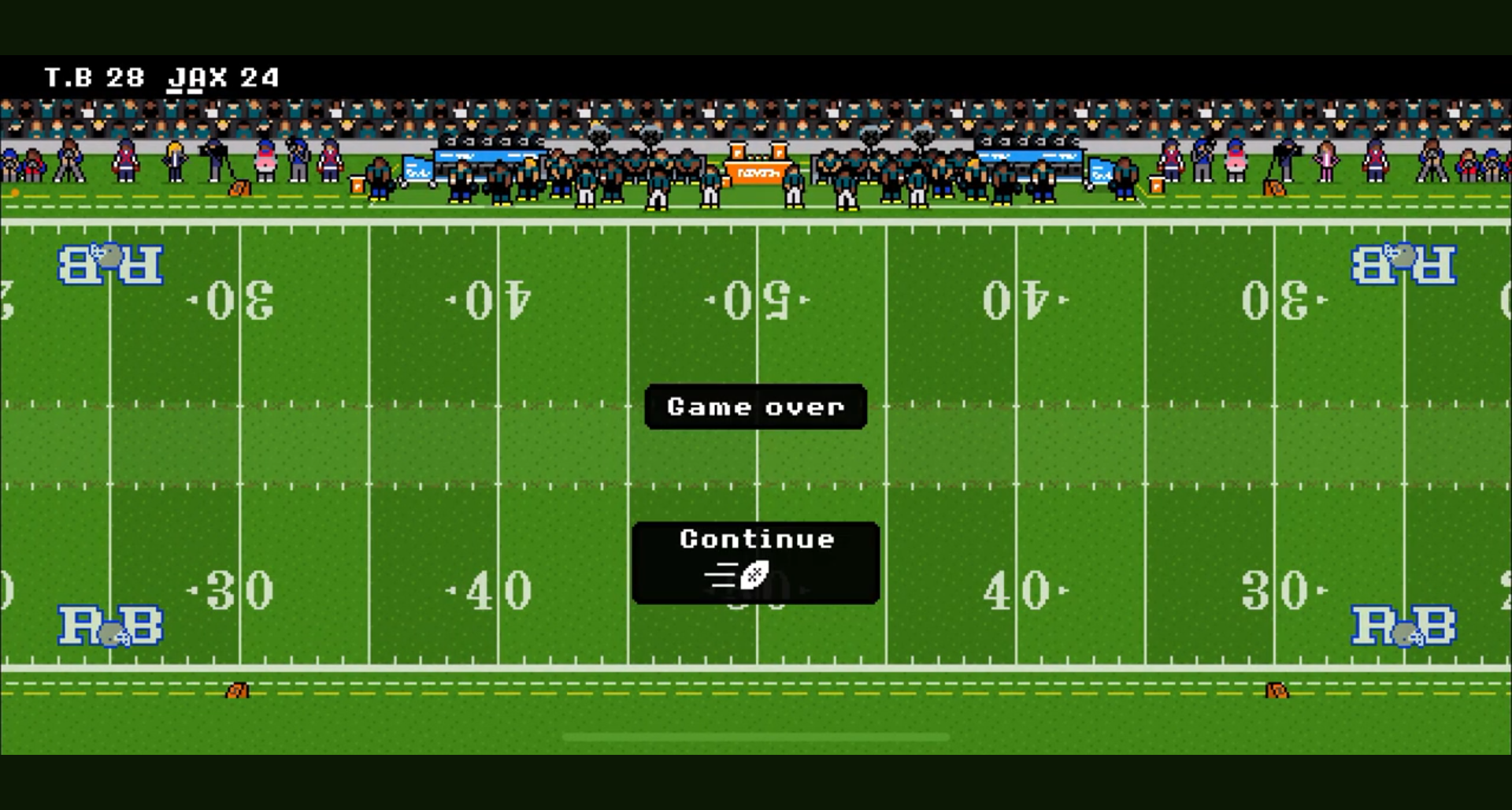
Making the decision to upgrade a training facility should not be taken lightly. Factors to consider include the current performance of players and the overall team objectives. Timing your upgrades can yield significant advantages, ensuring that resource allocation is optimized with respect to other team needs.
Managing the Training Facility
Scheduling Training Sessions
Effective management of the training facility also involves the tactical scheduling of training sessions. Regular sessions can keep your players in prime condition:
– Frequency: Weekly sessions allow for continuous improvement.
– Duration: Shorter, focused sessions may yield better results compared to longer, less focused ones.
Trainer Assignments
Your choice of trainers can drastically affect player progression. Each trainer specializes in different skill areas, leading to unique training outcomes. Assigning the right trainer to the right player can enhance skill acquisition.
Monitoring Player Progress
Common Mistakes in Managing a Training Facility
Underutilizing the Facility
Neglecting to utilize the training facility can lead to stagnation in player growth. Regular training sessions are key to unlocking a team’s potential. Here are some tips to ensure regular usage:
– Set a fixed training schedule.
– Rotate players through different training regimens to keep things fresh.
Mismanagement of Resources
Another common pitfall in managing a training facility revolves around resource allocation. Failing to allocate enough funds or over-spending can cripple team development. Strategies to avoid these mistakes include:
– Regularly assessing your budget.
– Prioritizing training that aligns with game strategies.
Conclusion
The training facility in Retro Bowl serves not just as a building but as a critical aspect of gameplay and team management. Understanding what does a training facility do in Retro Bowl emphasizes the importance of investing time and resources into enhancing player skills and optimizing team performance. By recognizing how to effectively manage and upgrade your facility, you ensure long-term success on the field.
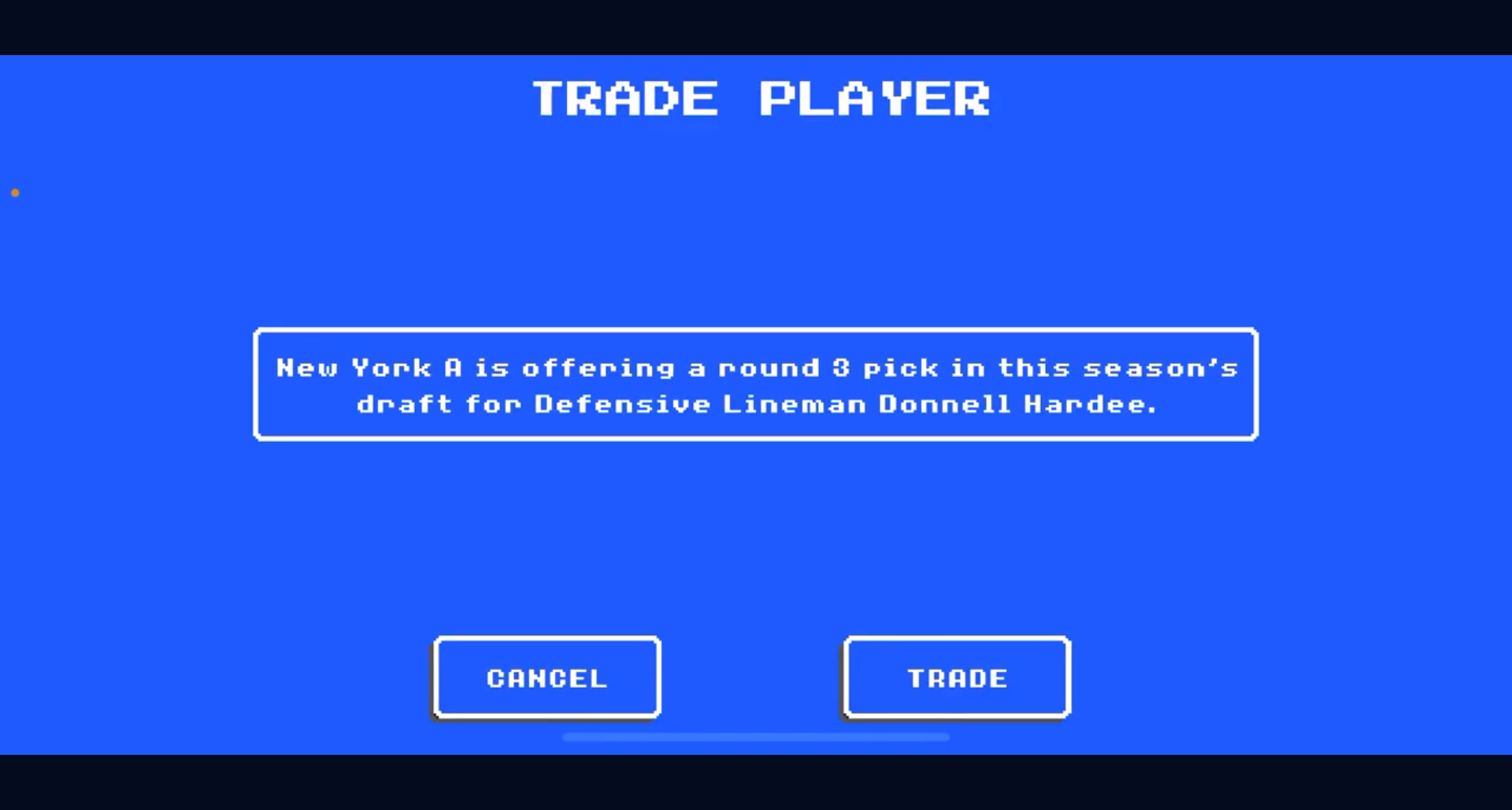
FAQ Section
1. What is the main purpose of the training facility in Retro Bowl?
The main purpose is to enhance player skills through various training sessions, contributing to overall team success.
2. How often should I schedule training sessions?
Regular weekly sessions are recommended for consistent player improvement.
3. Can I upgrade the training facility without impacting my team’s budget?
Certain upgrades may require a significant budget; it’s essential to balance upgrades with other team investments.
4. What attributes can be enhanced in the training facility?
Attributes such as speed, accuracy, and tackling can all be enhanced through targeted training programs.
5. How do different trainers affect player development?
Each trainer specializes in unique skills, and their effectiveness can drastically influence player progression.
6. What are the most common mistakes to avoid when managing a training facility?
Common mistakes include underutilizing the facility and mismanagement of resources, which can hinder team performance.
7. When is the best time to upgrade the training facility?
Timing should consider your team’s performance needs and how upgrades align with overall strategies.
8. Is it possible to track player progress effectively?
Yes, the game provides tools to monitor skill improvements, which assists in adjusting training schedules.
9. How do training sessions affect game performance?
Improved skills developed through training sessions directly correlate with better performance during games.
10. Are there any risks to investing heavily in the training facility?
Yes, over-investing can divert necessary resources from other vital areas, potentially compromising team balance.
